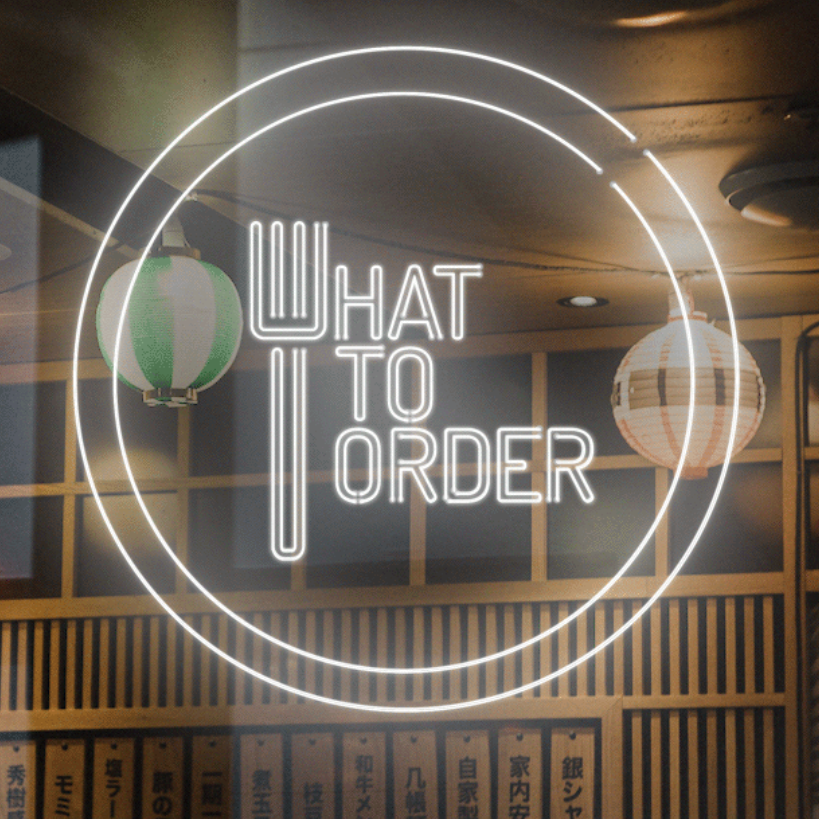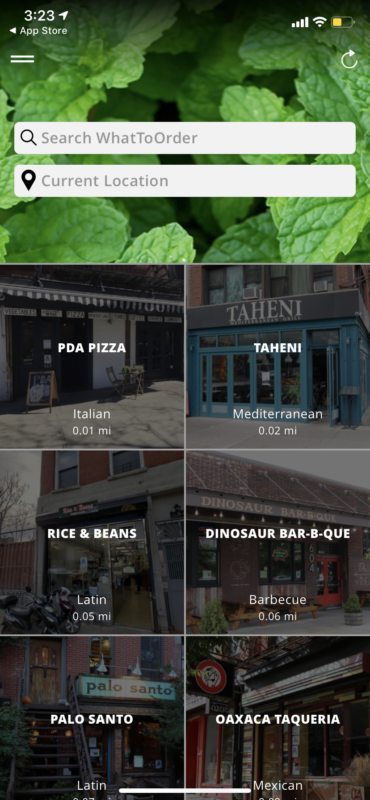WhatToOrder Data Shows Small Restaurants Stayed Open As Larger Ones Closed Up Shop

When Rob Fraley first started developing his app, WhatToOrder, in 2016, he had no way of knowing what the restaurant industry would look like four years later when it would officially launch in 2020.
The app, which is not a delivery app or a reservation app itself, aims to level the playing field for smaller restaurants. Delivery apps like Seamless and Grubhub charge varying levels of commission and the level at which a restaurant pays can determine how high they show up in search results, Fraley says. This system leaves large spots with a huge advantage. By providing WhatToOrder, which organizes only by distance, for searching initially, Fraley hopes to make these gaps nonexistent, eliminating the need to pay exorbitant commission fees.
We talked to Fraley about how the city’s restaurants are handling the COVID-19 crisis, from a data side.
Of the app’s roughly 6,600 listed restaurants, he says that around 42% are still open or delivering in some capacity, leaving more than half closed completely. While this may seem bleak, Fraley says that these numbers are rising daily. This is up from 35% in the last four weeks, with around 20 to 30 restaurants reopening each day across the entire city.

“When the shutdown happened, all the big restaurant groups closed, like Union Square Hospitality, and they laid everybody off. They’re still closed. It was really the smaller guys that stayed open in a much larger proportion to their presence in the City. I think some of that was out of necessity, because if they don’t stay open they don’t eat,” Fraley said.
WhatToOrder excludes chain restaurants and fast food places, but Fraley still estimates that they have north of 85-90% of the city’s restaurants represented, and are adding more constantly, meaning the data they’ve collected paints a fairly accurate picture of the situation.
Gathering accurate information for WhatToOrder has been a challenge, Fraley admits.
“We’re trying every means that we can to get this information, but it’s very difficult. I’ll be the first to admit that we miss things,” he said. A recent update now allows users to report individual restaurants if they notice incorrect information, that will then be confirmed and updated in real time.

In a post COVID-19 world, with a switch to either disposable paper or digital menus being recommended in some areas, Fraley sees a niche for WhatToOrder. The app will provide, free of charge, a pre-uploaded digital menu, also allowing restaurant owners to update things themselves and putting everything into one place for the user.
The app has over 375,000 active menu items just in New York City, and he says that, eventually, the app will offer a subscription-based system for restaurants, sharing this data with them.

“We’re aggregating the interests and wants and desires of a large number of people, at least as it pertains to food, and we’re distilling that information that the restaurant and food industry can use to better understand what people want,” Fraley said.
WhatToOrder is available both on the Apple and Google Play stores. They encourage restaurant owners and citizens to contact them if any omissions or mistakes are noticed.



